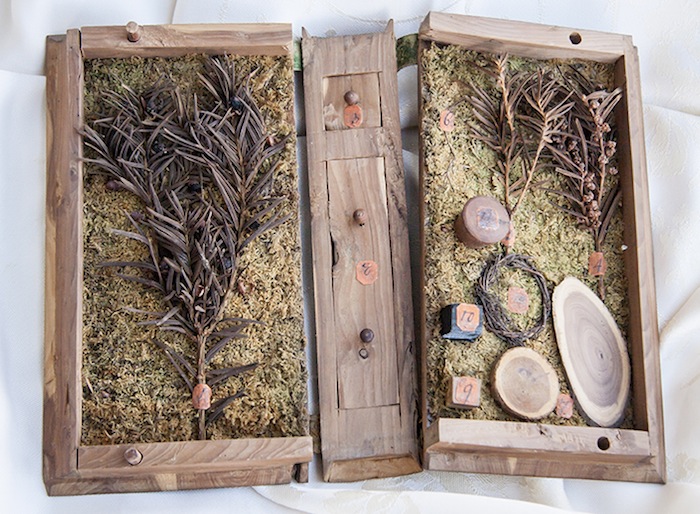
Photo by Helena de Maré, Swedish University of Agricultural Sciences
In Part II of my tree series, I turn to tree-related projects produced by scientists rather than artists. The term xylotheque is derived from xylon, the Greek word for wood, and theque, meaning repository. These book-like boxes were produced to document a range of woods and the characteristics of each source tree.
Although rare sets were created in areas of the world such as Japan or southern Africa, Germany is generally considered the birthplace and the center of xylotheque production. Early examples were found in the late seventeenth-century cabinets of curiosities but methodical construction of these collections flourished in the late eighteenth and early nineteenth centuries.
Each hinged “volume” in a typical collection focused on a specific tree. Slabs of its wood formed the front and back “covers” and the spines were created from its bark. Along with the scientific and common names of the tree, each box might contain examples of roots, seeds, leaves, twigs, flowers, perhaps a scientific drawing, or even specimens of its insect pests. In some of these wooden libraries there is a special compartment in the spine that held a carefully written description of the tree and its biology.
One of the most impressive is the Schildbach Xylotheque, which is in the collection of the Natural History Museum in Kassel, Germany.
Working as a caretaker for a local menagerie and with no formal education, Carl Schildbach had an affinity for the natural sciences. Working outside the intellectual and scientific debates during the Age of Enlightenment, he created a unique fusion of book and its subject. The Schildbach Xylotheque is a 530-volume library created in the last decades of the eighteenth century. Each “book” contained the Linnaean classification number, Latin and common names, and a typical volume would include buds, branches, blossoms, a wax model of the tree's fruit, and other related specimens. Schildbach annotated his volumes with additional layers of information, including samples of the wood in a polished state, samples of its lichen or moss, even a piece of its wood burnt alongside detailed information indicating the heat produced by its combustion and temperature readings.
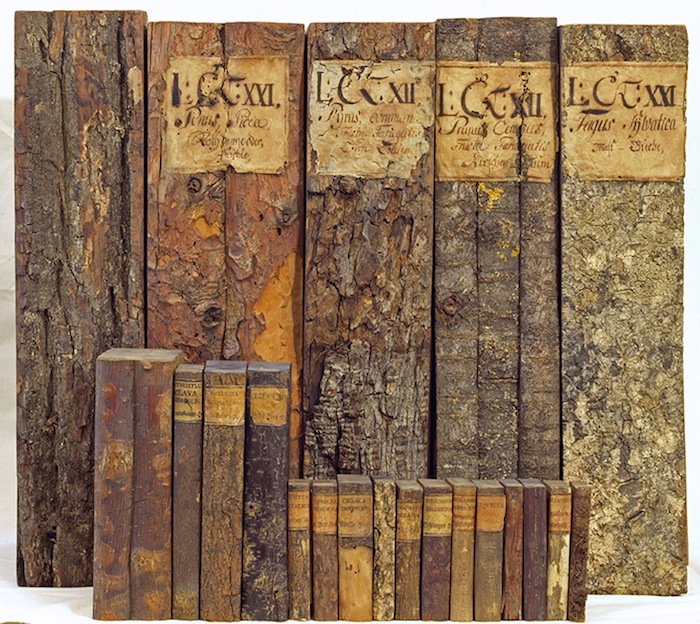
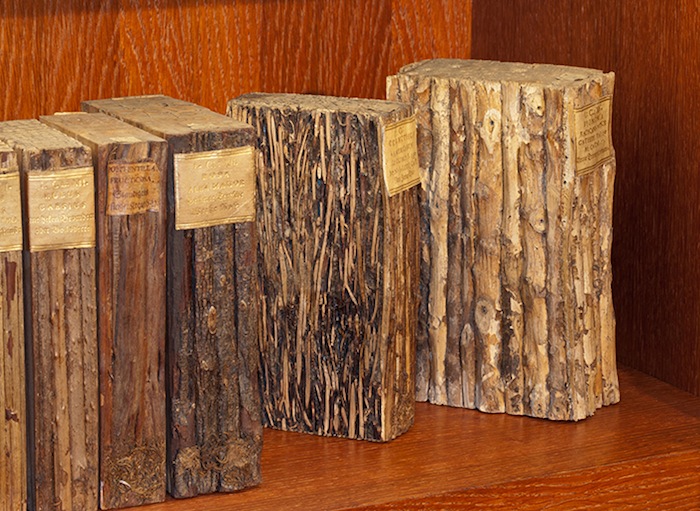
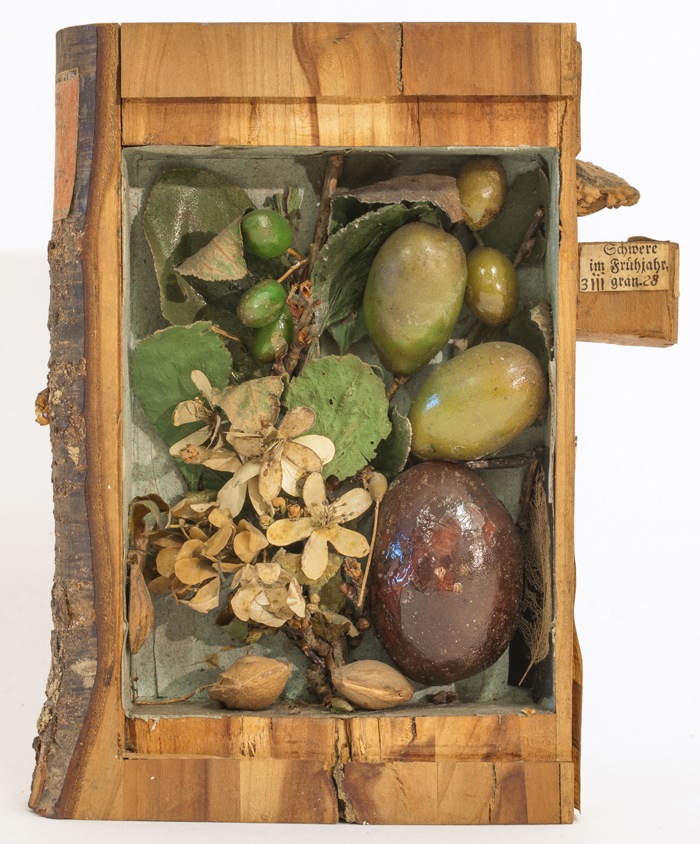
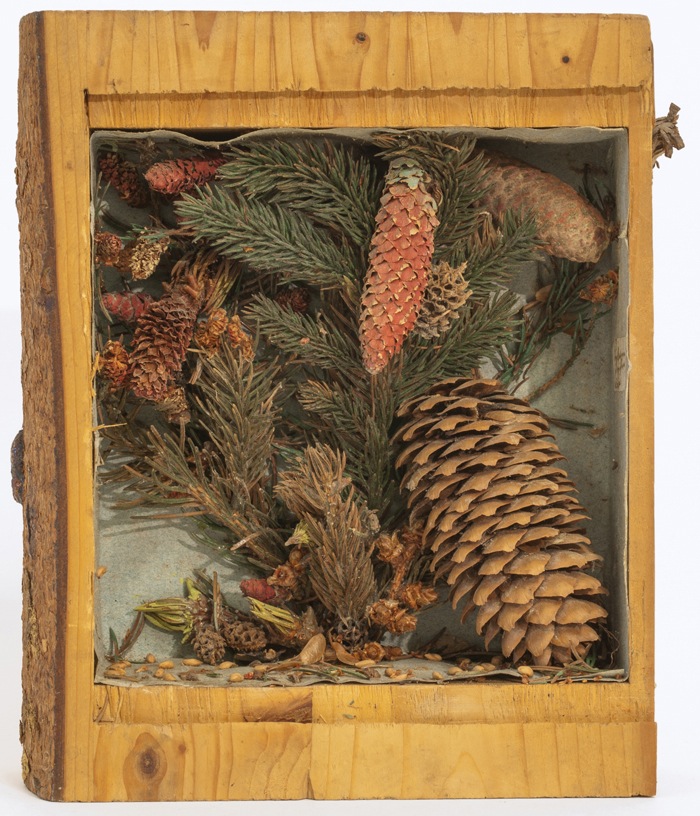
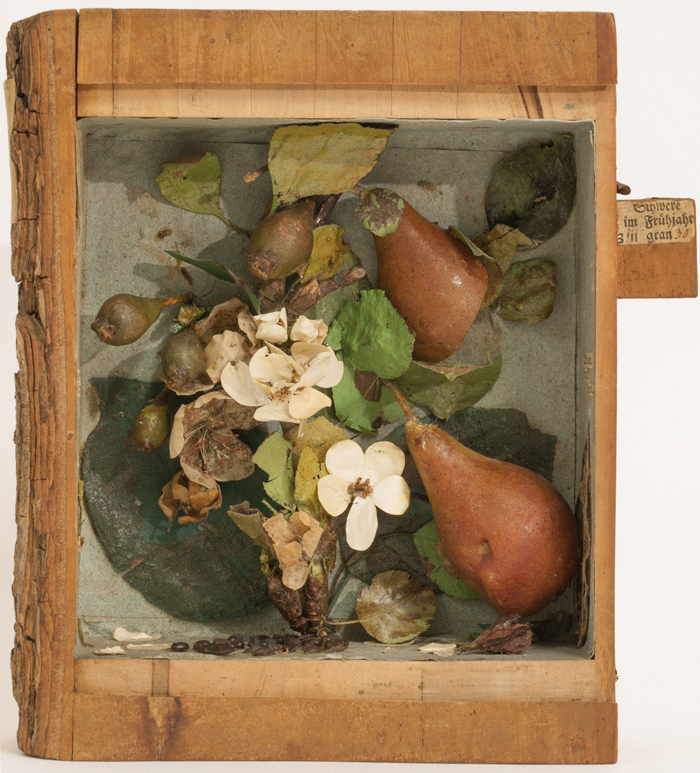
Working as a caretaker for a local menagerie and with no formal education, Carl Schildbach had an affinity for the natural sciences. Working outside the intellectual and scientific debates during the Age of Enlightenment, he created a unique fusion of book and its subject. The Schildbach Xylotheque is a 530-volume library created in the last decades of the eighteenth century. Each “book” contained the Linnaean classification number, Latin and common names, and a typical volume would include buds, branches, blossoms, a wax model of the tree's fruit, and other related specimens. Schildbach annotated his volumes with additional layers of information, including samples of the wood in a polished state, samples of its lichen or moss, even a piece of its wood burnt alongside detailed information indicating the heat produced by its combustion and temperature readings.





Schildbachsche Holzbibliothek | photos by Peter Mansfeld, Naturkundemuseum Kassel
Although Schildbach’s volumes were created with sliding tops, other collections were realized as hinged boxes that opened more like a book. Below, you will see examples from a 217-volume wooden library created in Nürnberg from 1805 to 1810, and currently in the collection of the Swedish University of Agricultural Sciences in Alnarp.
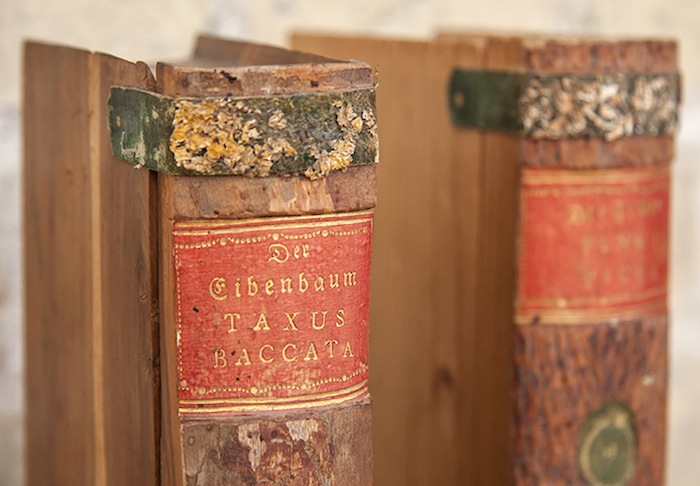
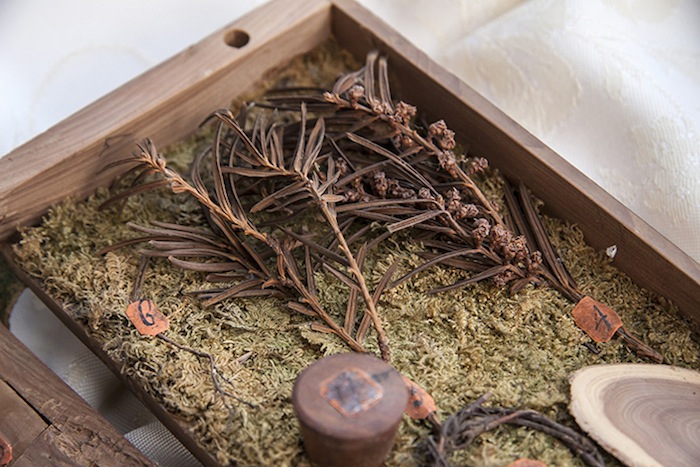

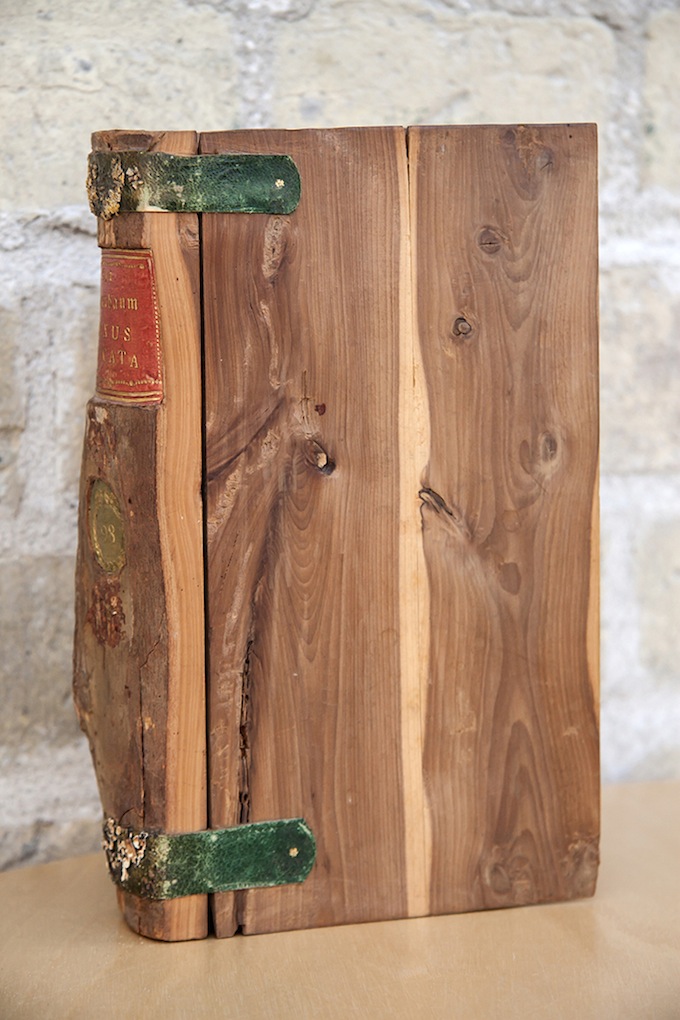
Photos by Helena de Maré of Swedish University of Agricultural Sciences
